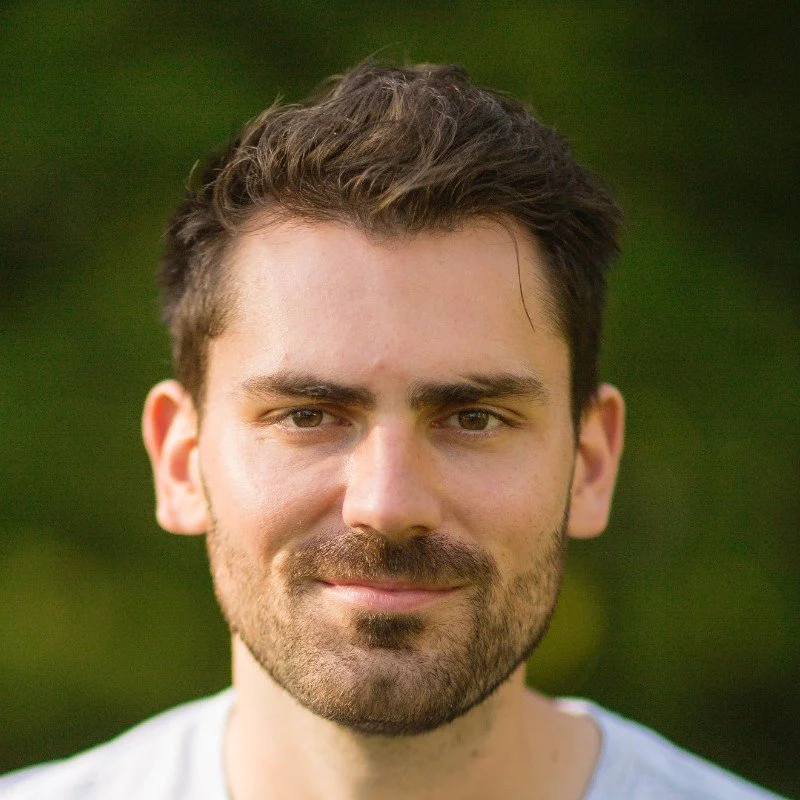Roy Scranton - Author of “Learning to Die in the Anthropocene” - “We’re Doomed, Now What?”
/Author of Learning to Die in the Anthropocene & We’re Doomed, Now What?
Director of the Notre Dame Environmental Humanities Initiative
It seems irresponsible to me to downplay the possible consequences of climate change. It seems irresponsible to assume that we're going to fix it. And so I think it's absolutely a responsibility for the people who are talking about it and thinking about it, to look at the worst-case scenario and to look at the current trajectories, absent technologies for carbon scrubbers, to look at where we're actually headed, the worst-case scenarios, and address that and bring that to each other and to our children and to our students. When you really look at the situation, it's scary and terrifying, and it upends everything that we've been told to make sense of life.





















